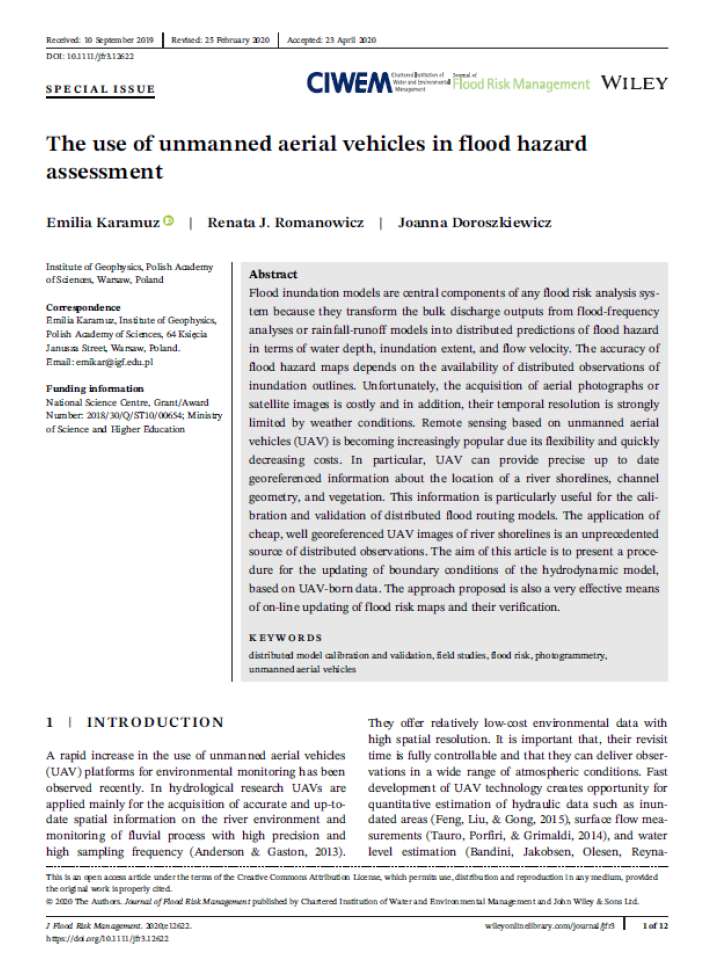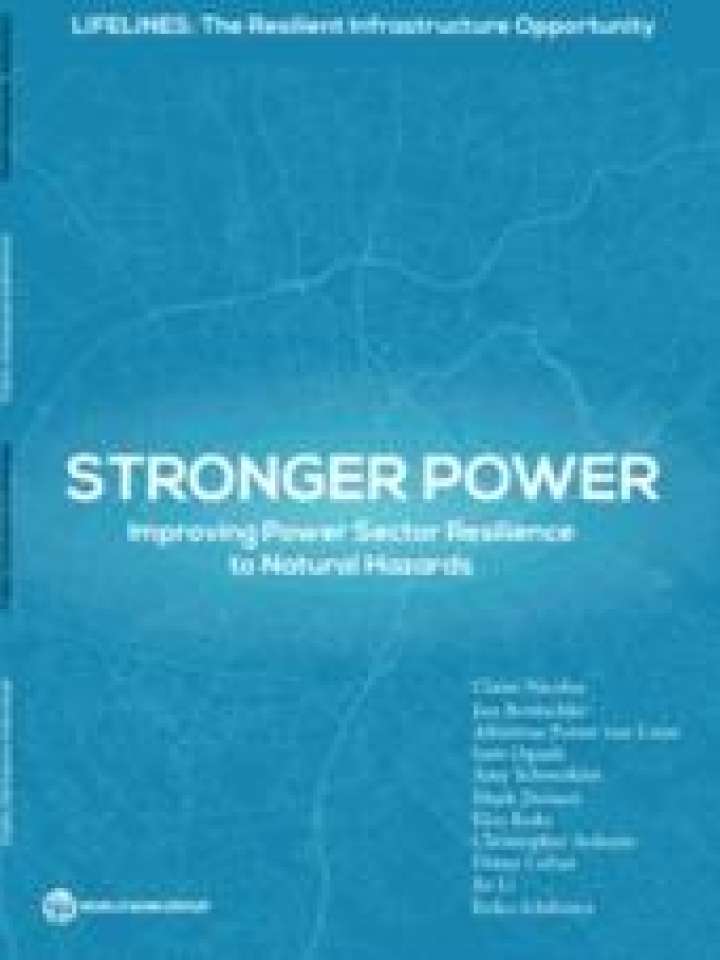Cyclone Gita 2018

Introduction
Tropical Cyclone (TC) Gita formed in early February 2018 and developed into a category 4 cyclone, affecting multiple countries in the Pacific region. Tonga was hardest-hit, incurring severe damage. TC Gita ravaged the main island of Tongatapu and ‘Eua bringing severe rainfall and flooding, and affected nearly 80,000 people, around 80 percent of Tonga’s total population.
The government of Tonga conducted a post-disaster rapid assessment which showed the total economic value of damage and losses estimated at T$356.1 million (equivalent to US$164.1 million), about 37.8 percent of the nominal gross domestic product of Tonga. While TC Gita brought significant damage to many sectors, the housing sector was most affected, accounting for 61 percent of the total damage. TC Gita destroyed approximately 4,000 houses and infrastructure including power lines, schools, and public buildings such as domestic airports. The agriculture sector accounted for 82 percent of the total losses. The impact was significant on food security since agriculture and fisheries are the main sources of livelihood for 75 percent of Tonga’s population and because of the high rate of subsistence food production among Pacific Island countries.
The government of Tonga aims to achieve recovery with greater resilience to climate change and other natural hazards, focusing on built environment to be cost-effective, accessible, and integrated infrastructure. For example, the electric power lines are moved into underground, upgrading the technical standard so that the future so that the future cyclones will not damage the critical infrastructure. Aligning with the build back better principle, the Tongan government also aims to support increasing farmers’ resilience to similar future shocks and reestablishing food security in affected areas.


